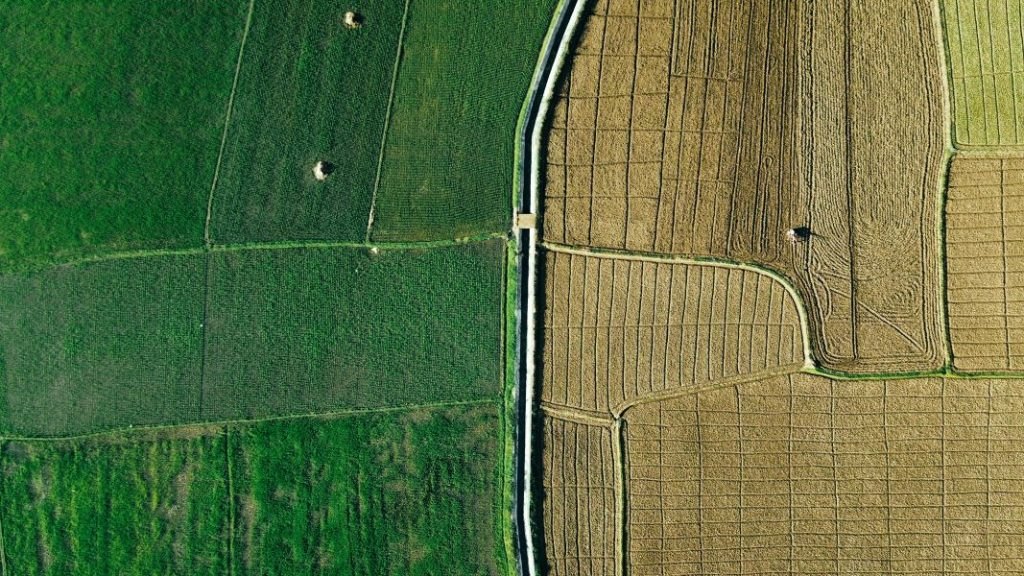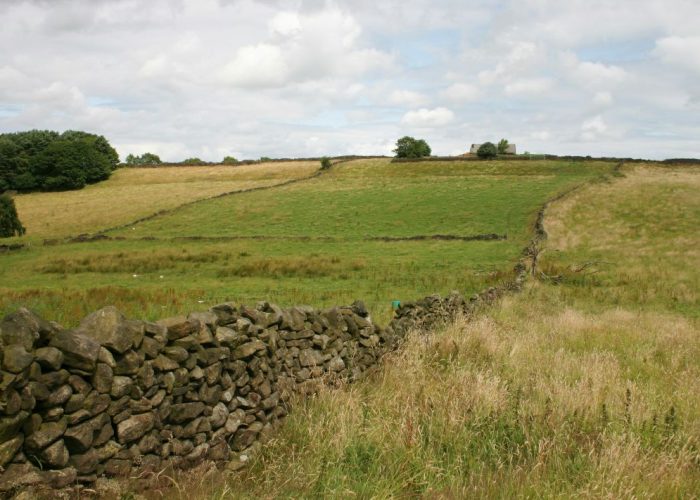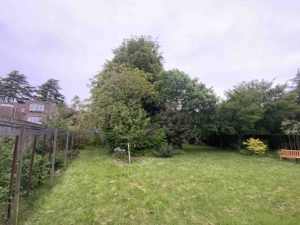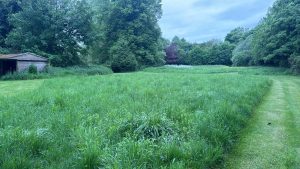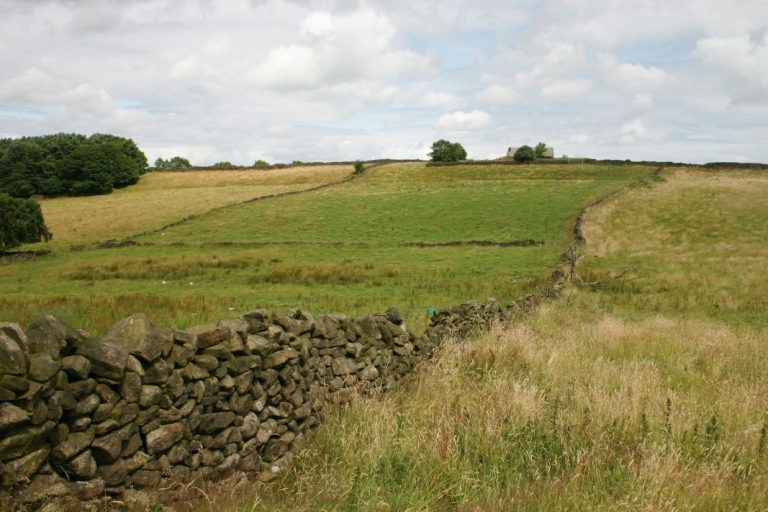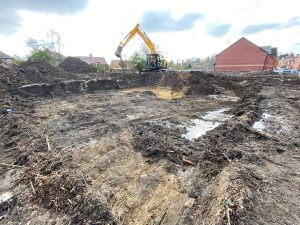SPECIES ACTION PLANS
Focused ecological strategies that align your development with biodiversity policy, protect key habitats and keep projects compliant across the UK.
Do you need a Species Action Plan?
If your site supports protected or priority species, your planning authority may require a Species Action Plan (SAP).
These plans set out targeted actions that protect species, demonstrate legal compliance and show measurable biodiversity improvements within your scheme.
Handled early, a SAP helps you satisfy planning conditions, avoid reactive mitigation, and build biodiversity gain into design rather than retrofit it later.
What is a Species Action Plan?
A SAP is a structured plan describing how development activity will protect, manage and enhance populations of specific species on-site or nearby.
It combines ecological evidence, proportionate measures and monitoring proposals to satisfy both Environment Act 2021 and NPPF Section 15 expectations. Our ecologists follow CIEEM standards, using actions mapped directly to your programme milestones.
Trigger points — signs your site needs a PEA
These indicators suggest your site might require more than a basic walkover and may attract LPA scrutiny:
- your PEA or protected-species survey identifies notable populations
- habitats host Section 41 or Annex II/IV species
- mitigation measures extend beyond a single construction phase
- biodiversity enhancements are condition-linked to specific species
- the site contributes to a local Nature Recovery Network
When these triggers appear, preparing a SAP before submission keeps ecological obligations manageable and proportional.
What We Deliver
We keep guidance clear and planning-ready — supporting predictable project delivery.
| Service Component | Purpose | Outcome |
|---|---|---|
| Species Review | Identify target species and ecological context | Defined scope for actions |
| Impact Assessment | Evaluate risks to populations | Evidence for proportionate response |
| Mitigation Design | Develop avoidance and reduction measures | Legal and planning compliance |
| Enhancement Strategy | Add long-term biodiversity value | Quantifiable uplift for BNG |
| Implementation Plan | Set methods, timing and responsibility | Predictable delivery sequence |
| Monitoring Framework | Track effectiveness over time | Transparent reporting for LPAs |
| Reporting & Sign-off | Produce planning-ready documentation | Defensible submission evidence |
How it Works
Our process is designed to remove friction and keep decisions moving.

Scope & Review
We assess survey findings and planning context to confirm target species and required outcomes.

Action Planning
Mitigation and enhancement measures are developed alongside your design and construction phases.

Implementation & Monitoring
Actions are integrated with site works and tracked against planning conditions.
Timing & Survey Windows
Species Action Plans can be produced year-round once baseline data is available.
However, the surveys that inform them such as bat activity, great crested newt, reptile, or bird surveys are strictly seasonal
Bat Surveys
May – August
GCN Surveys
activity mid-March – June (eDNA April – June)
Reptile Surveys
Only April, May and September
Bird Surveys
Year-round for scoping; nesting activity March–August.
Badgers and habitat checks:
Year-round
Securing your SAP early allows results from these seasonal surveys to flow straight into planning documentation and keep your schedule predictable.
Why planning officers request PEAs
Under the NERC Act 2006 (S41) and local biodiversity policies, LPAs must ensure that developments deliver tangible benefits for priority species.
A clear SAP demonstrates that responsibility has been met in a measurable, transparent way. Satisfying planning conditions and policy duties under NPPF and Environment Act 2021.
Without one, projects often face:
- delayed discharges of ecological conditions
- re-consultation with statutory bodies
- stop-work clauses during construction
- increased scrutiny at validation or appeal
A well-built SAP prevents that cycle by giving planning officers certainty upfront.
Act early and your evidence works for you, not against you.
Our Approach
Each ProHort appraisal follows CIEEM guidance, Natural England standards and UKHab classification, producing reports LPAs recognise immediately.
Our planning-ready SAP includes:
- baseline species data and risk evaluation
- practical mitigation and enhancement actions
- delivery methods and responsible parties
- measurable outcomes for planning and BNG tracking
- monitoring and reporting framework
You’ll know exactly what each measure achieves, how it will be delivered and how to evidence success at sign-off.
How this supports your project
A well-timed SAP:
- translates ecological findings into practical, buildable measures
- satisfies planning conditions and policy duties under NPPF and Environment Act 2021
- integrates with BNG strategy and contractor method statements
- provides traceable ecological evidence for audits and monitoring
- keeps environmental risk low and programme certainty high
Clear actions. Predictable delivery. Verified outcomes.
Its purpose is simple: provide clarity for planners, confidence for contractors and predictability for your programme.
Case Insight
Your Next Step
Get the ecological clarity that keeps your design on track.
Phone: 0800 494 7479
Email: [email protected]
SAP FAQ - Planning and Programme Clarity
Do all sites need a Species Action Plan?
No. Only where notable or protected species are recorded or predicted. We confirm quickly from survey data.
Can a SAP be written after permission is granted?
Yes, but it’s cleaner and faster to prepare it before condition discharge requests.
Does a SAP replace protected-species licences?
No. It complements licensing by setting wider habitat or population actions.
What species are typically covered?
Bats, birds, reptiles, amphibians, badgers, invertebrates and other priority taxa listed under Section 41.
Can SAPs support BNG delivery?
Yes. SAP actions often count toward measurable biodiversity gains.
Will this delay planning?
Not if scoped early. We prepare SAPs in parallel with design so they slot straight into submissions.
Who reviews SAPs?
LPAs, ecologists and occasionally Natural England. We align evidence to their expectations.
How fast can you deliver the report?
Typically within 10 working days of fieldwork, faster where programmes demand it.
How detailed does monitoring need to be?
Enough to demonstrate success over the agreed period—typically one to five years.
What information do you need to quote?
Survey reports, site boundary, planning stage and intended timescales.


